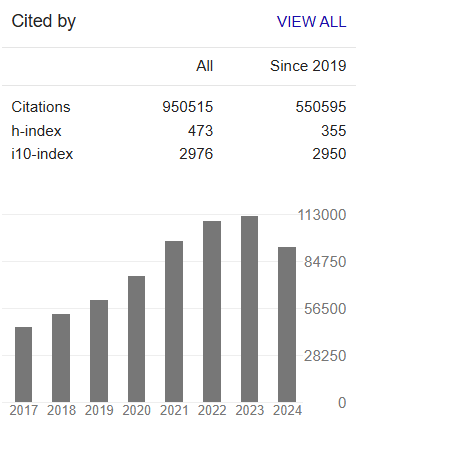Waste free Technologies for Production of Nanocrystalline Cellulose and its Composites
Abstract
Michael Ioelovich
In this paper, waste-free technologies are proposed for the production of nanocrystalline cellulose (NCC), its semi-finished products and composites. The following optimal conditions for the cellulose hydrolysis stage were found: concentration of sulfuric acid 40 wt.%, temperature 80oC, duration 1 h, acid to cellulose ratio 7. After hydrolysis stage, the depolymerized cellulose was separated from the acid, washed, diluted with water and disintegrated to release individual nanocrystalline particles. Finally, the diluted dispersion of NCC was evaporated to obtain a commercial product such as concentrated NCC paste. For the production of composites, the acid in unwashed hydrolyzed cellulose was neutralized and precipitated with calcium base (e.g. calcium hydroxide) in order to obtain a white pigment, calcium sulfate (CS). Moreover, the spent sulfuric acid and acidic wastewater were collected and treated with a special auxiliary reagent to reuse and convert the acid into a valuable by-product, selling of which significantly reduces the cost of NCC. The wastewater collected after washing, neutralization and evaporation was purified and returned back to the technological cycle. To reduce the production cost, expensive stages - disintegration and evaporation of diluted dispersion, should be eliminated; as a result, cheap semi-finished products containing aggregates of NCC or its composite with inorganic particles of CS were manufactured along with by-product.



